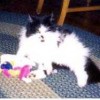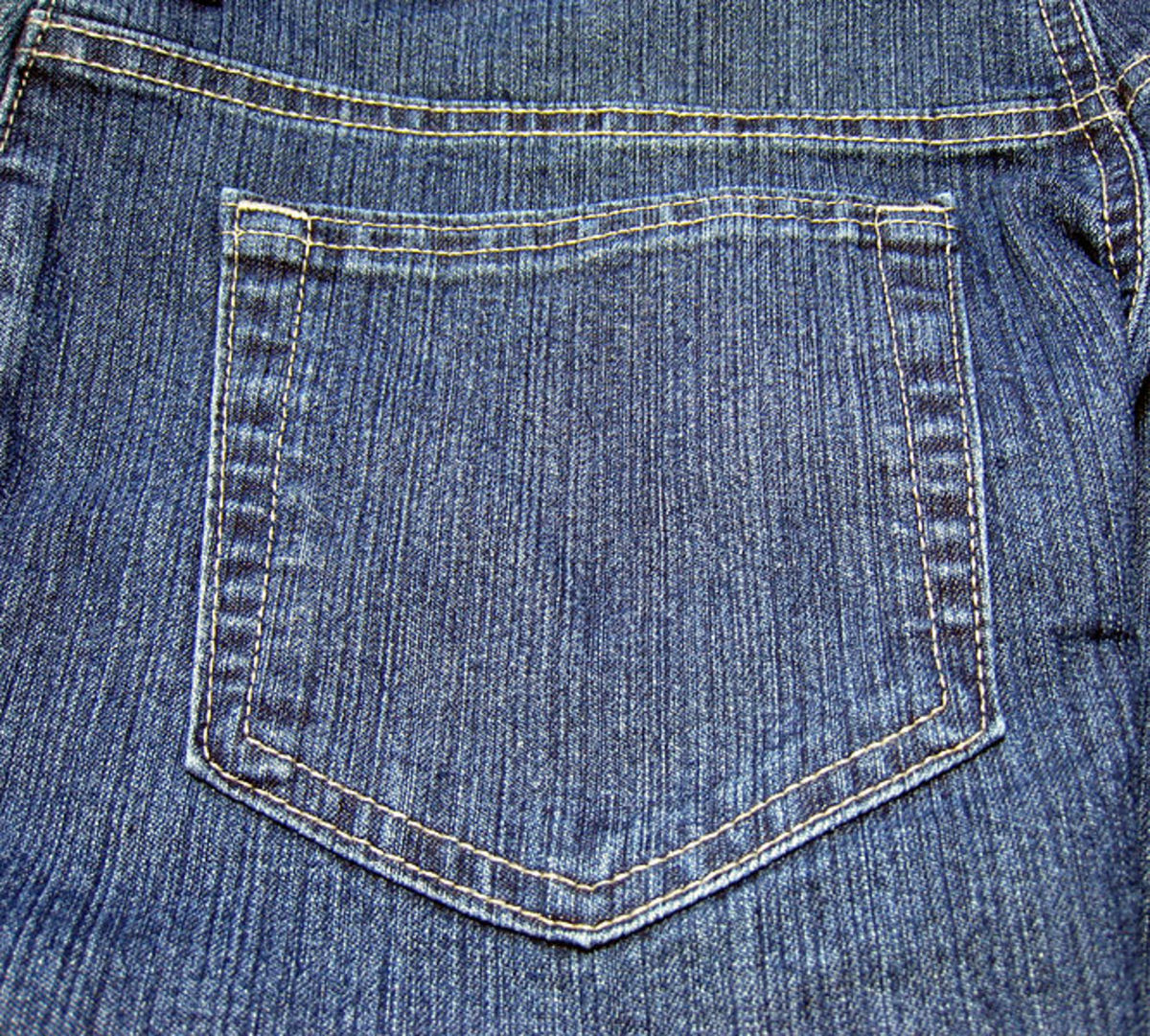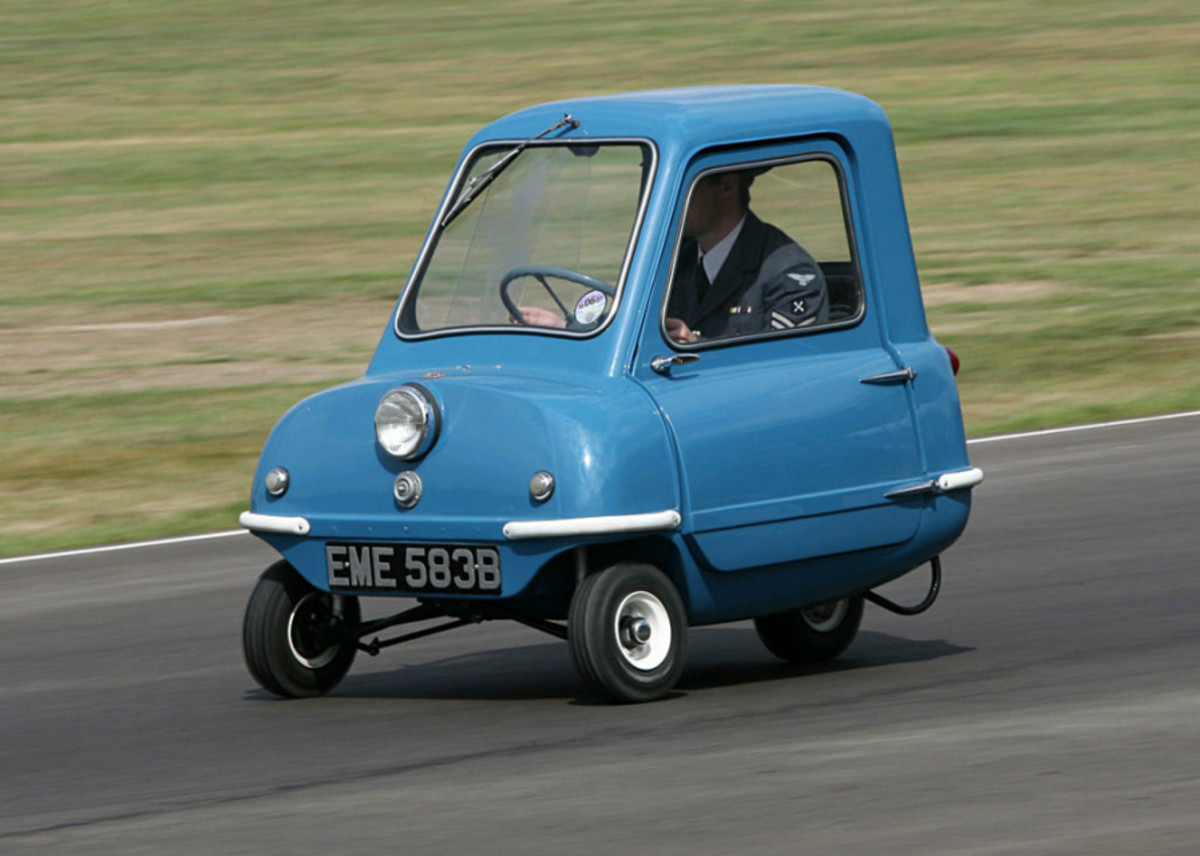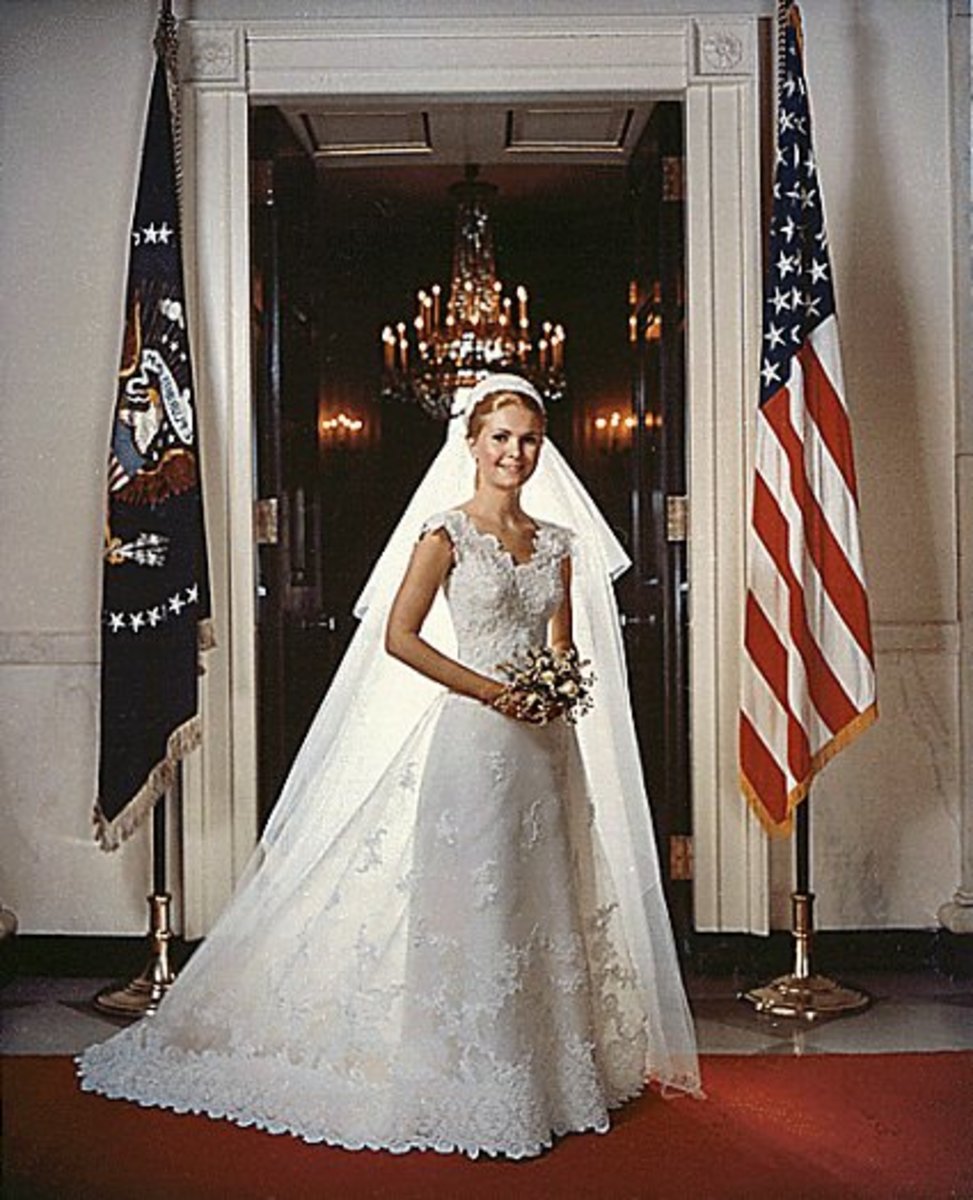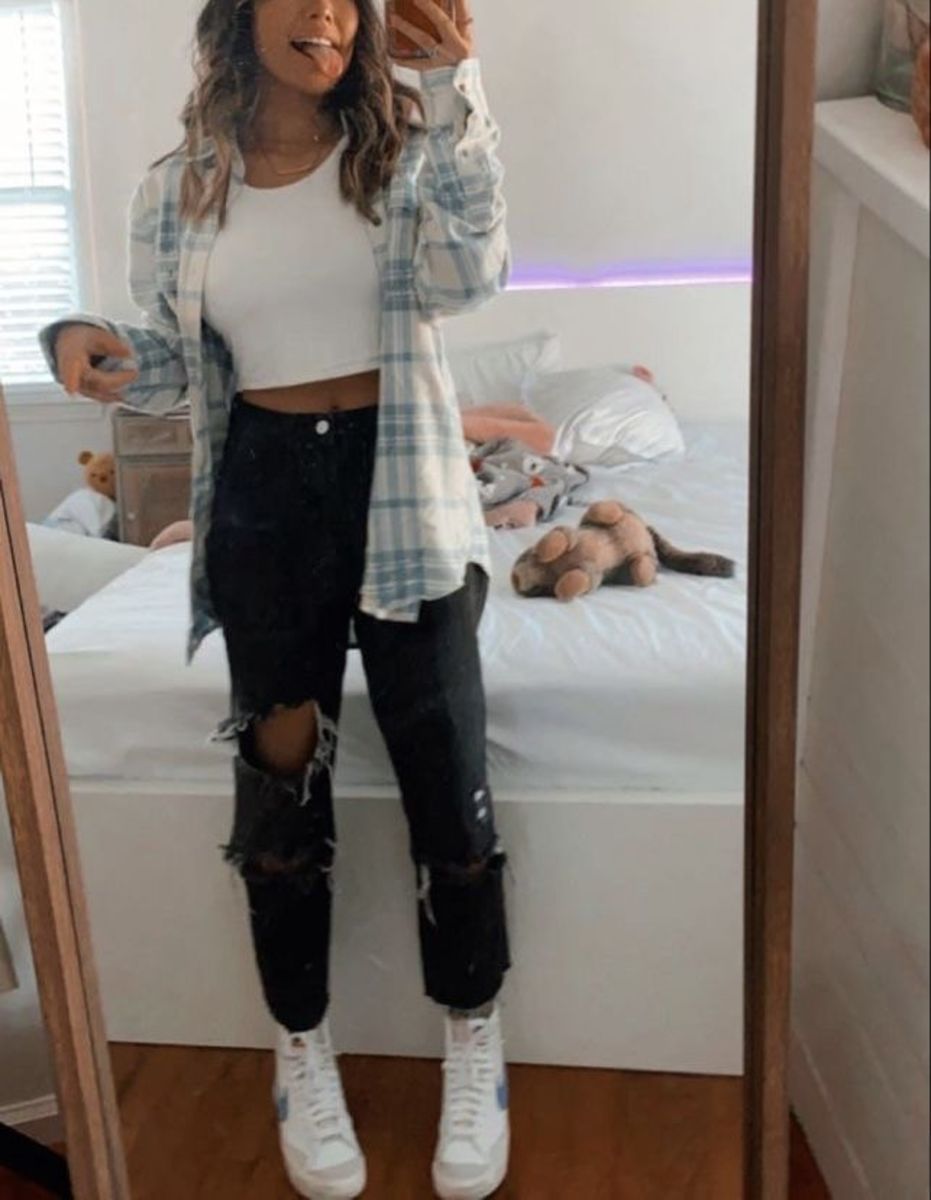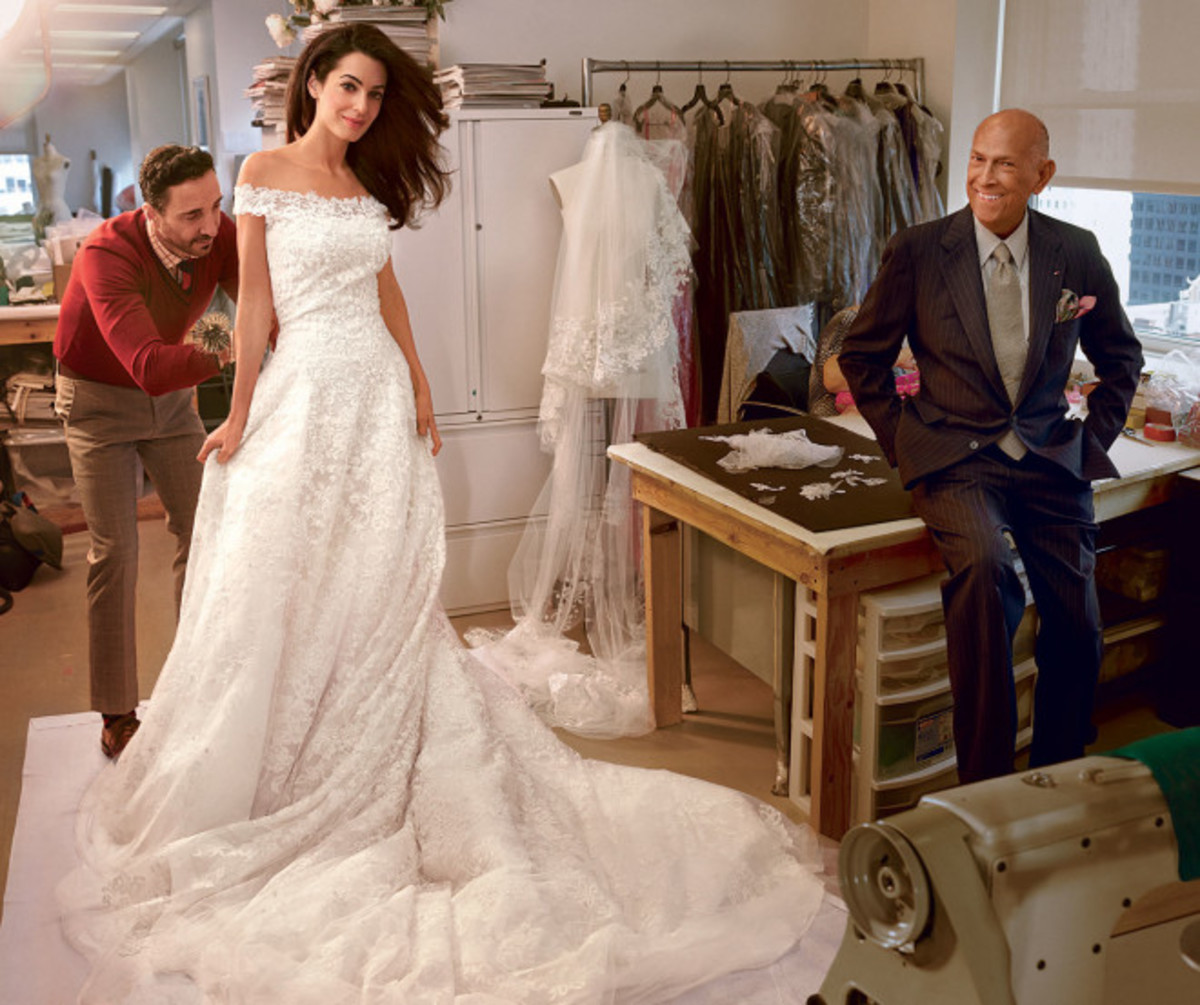Fashion Jeans Flashback: N'est-ce pas?
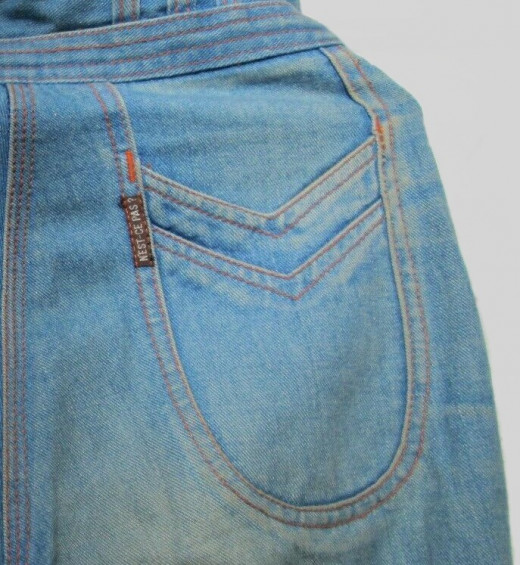
Women in the 21st century who grew up as teens during the 1970's to early 1980's may remember the brand of jeans for girls with a French name: N'est-ce pas? This particular brand of jeans was beautifully crafted, considered very stylish and very French for the fashion-conscious American teenage girls. Best of all these jeans were affordable, which meant they could be purchased with income such as that made from babysitting.
There is not much information about the company that manufactured and distributed N'est-ce pas? jeans. What is known is that N'est-ce pas? Inc. was owned by Jesse Friedland of Los Angeles, California. The earliest year the jeans were available to consumers was in 1976, when advertisements started appearing in newspapers across the nation. An ad from The Republic in Columbus, Indiana dated December 15, 1976 have a pair of the jeans with the following description: “These pre-washed denim jeans by N'est-ce pas have fantastic detailing, flattering fit.” The store selling the jeans is Ayr-Way, a regional department store. Advertisements also appeared in magazines like Seventeen. The jeans were described as being “French cut”, meaning long and slim, made of 100% cotton, ideal for wearing to school, shopping at the mall, or just lounging around at home. The jeans were manufactured in Taiwan, a belt was often included, and by 1981 misses sizes were included. Having owned a pair of N'est-ce pas? jeans myself, they were incredibly comfortable, and had the embroidery design of sun rays – three on each side – on the back pockets. I remember wearing this pair of jeans everywhere I went, and often received many compliments on how they looked on me.
The most distinct feature of N'est-ce pas? jeans was the fancy embroidery on the rear pockets of the jeans. Sometimes the pocket stitching was in pink or red, for an ultra-feminine look. The fanciest stitching design the company came out with was two star-shaped pockets in the front, and on the rear, one large star, pink stitching, divided across the rear. More than one style of fancy back pocket stitching was available in stores at any given time, allowing the young female consumer to select from a wide variety of designs. Which brings us to the next question: where else could N'est-ce pas? jeans be purchased?
N'est-ce pas? jeans were sold at nationwide stores like Sears and Bradlees as well as regional stores like Ayr-Way in Indiana, as mentioned above. The jeans proved to be so popular that the company soon included shorts, overalls and 4-gore style denim skirts, all which had the trademark fancy embroidery on the back pockets. In addition to the ubiquitous blue denim, N'est-ce pas? started producing jeans in colored denim, and by 1981, included a line of corduroy blazers for ladies. Jeans in pastel colors and white soon became available according to a newspaper ad for Fine Bros.-Matison store in Hattiesburg American in Mississippi on May 17, 1981. By 1982, the N'est ce pas? line was extended to include cotton blouses, manufactured in both junior and misses sizes.
It is unknown exactly why N'est ce pas? jeans along with the rest of the fashion line stopped being manufactured around 1983. It is possible the company could not keep up with the demand for fashionable clothes purchased by girls across the country. A small news article from The Los Angeles Times dated January 25, 1981 states that company owner Friedland contracted Ramon Bonin of Dynamic Builders – an architectural firm still in existence – to build a 78,500 square-foot combination office and warehouse facility for his N’est-ce Pas? Inc. company. At the time, the new building was to be located at 2250 S. Maple Ave., just south of downtown Los Angeles. In the year 2020, the facility is still there – but at 101,448 square feet in size, and presently occupied by another fashion company, Offline, Inc.
